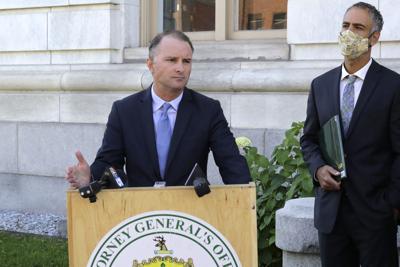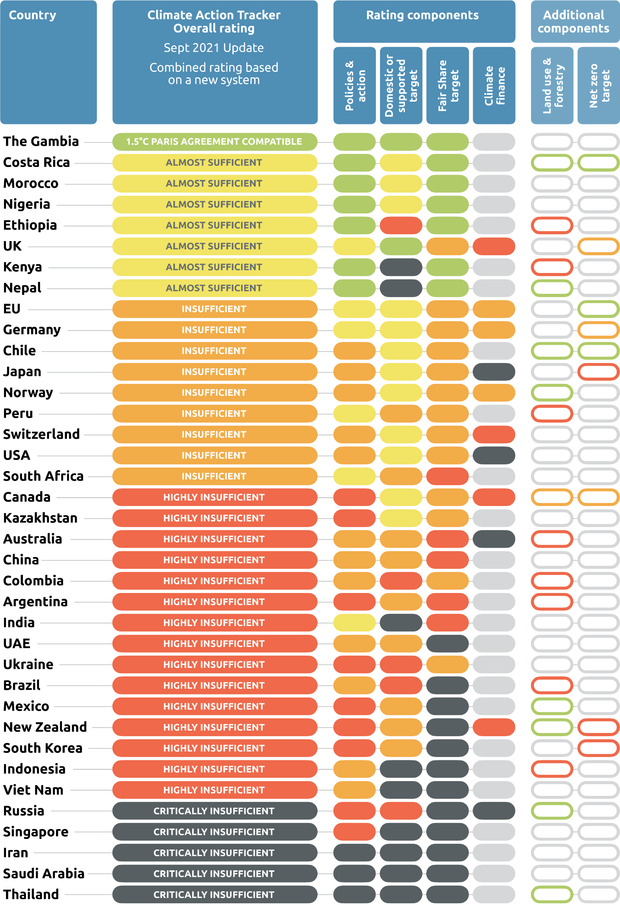O'Toole said today he would only commit to the Paris Agreement's 30% reduction in greenhouse gas emissions that was first set Harper and has since been raised by Trudeau to 40-45%. Of course Trudeau is as likely as every other Liberal or Conservative government to meet these reductions, that is there is zero chance. In March 2018 the auditor general concluded the Trudeau Liberal government "is likely to miss the 2020 Copenhagen target as well". (http://www.oag-bvg.gc.ca/internet/English/parl_otp_201803_e_42883.html) In April 2019 Environment Commissioner Julie Gelfand concluded "Canada is not on track to hit its 2030 target,". These targets were actually those of the Conservative Harper government. (https://www.cbc.ca/news/politics/environment-commissioner-julie-gelfand-...)
However, O'Toole has another problem. He cannot stay in the Paris Agreement with the 30% reduction target because the Agreement states that one can never lower the target once it has been raised. So, he has no intention of even meeting this insufficient goal.
Conservative Leader Erin O'Toole said today that a government led by him would not seek to hit the Liberals' more aggressive emissions reduction target but would instead commit to the target first set by former prime minister Stephen Harper. ...
When Canada signed on to the Paris agreement in 2015, it adopted the previous Conservative government's target of reducing emissions to 30 per cent below 2005 levels by 2030. ...
At an international climate summit convened by U.S. President Joe Biden in April, Liberal leader Justin Trudeau adopted a more aggressive target — a reduction of at least 40 per cent over that time period, a target that could rise as high as 45 per cent. ...
Mark Jaccard, a professor of resource and environmental management at Simon Fraser University, said it's a waste of time to get hung up on the targets that federal parties put in the election window.
"Canadians should not pay attention to the targets that political parties are putting out. They should pay attention to the policies," he said. "We do want aggressive climate policy and targets but we want them to be honest about what they cost."
https://www.cbc.ca/news/politics/o-toole-trudeau-emissions-targets-un-1....




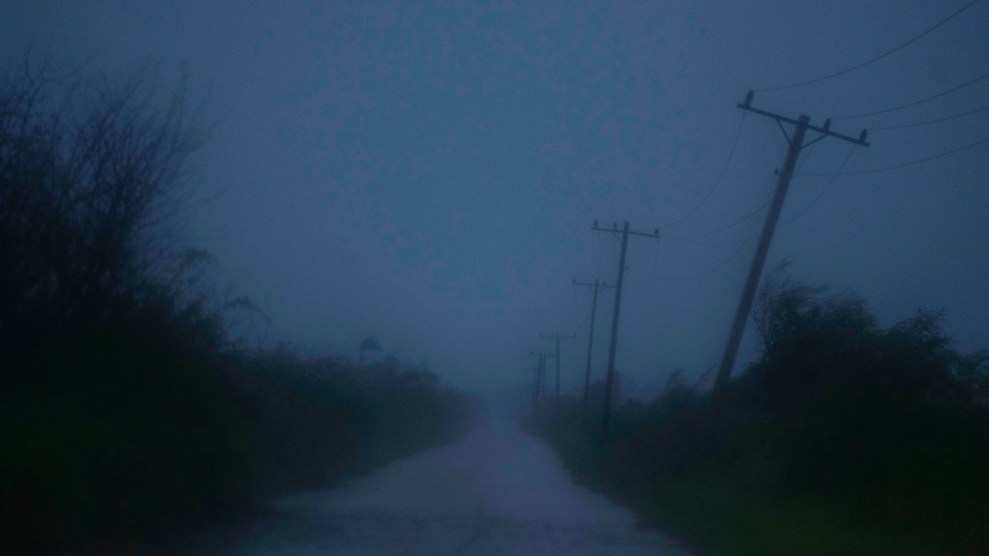

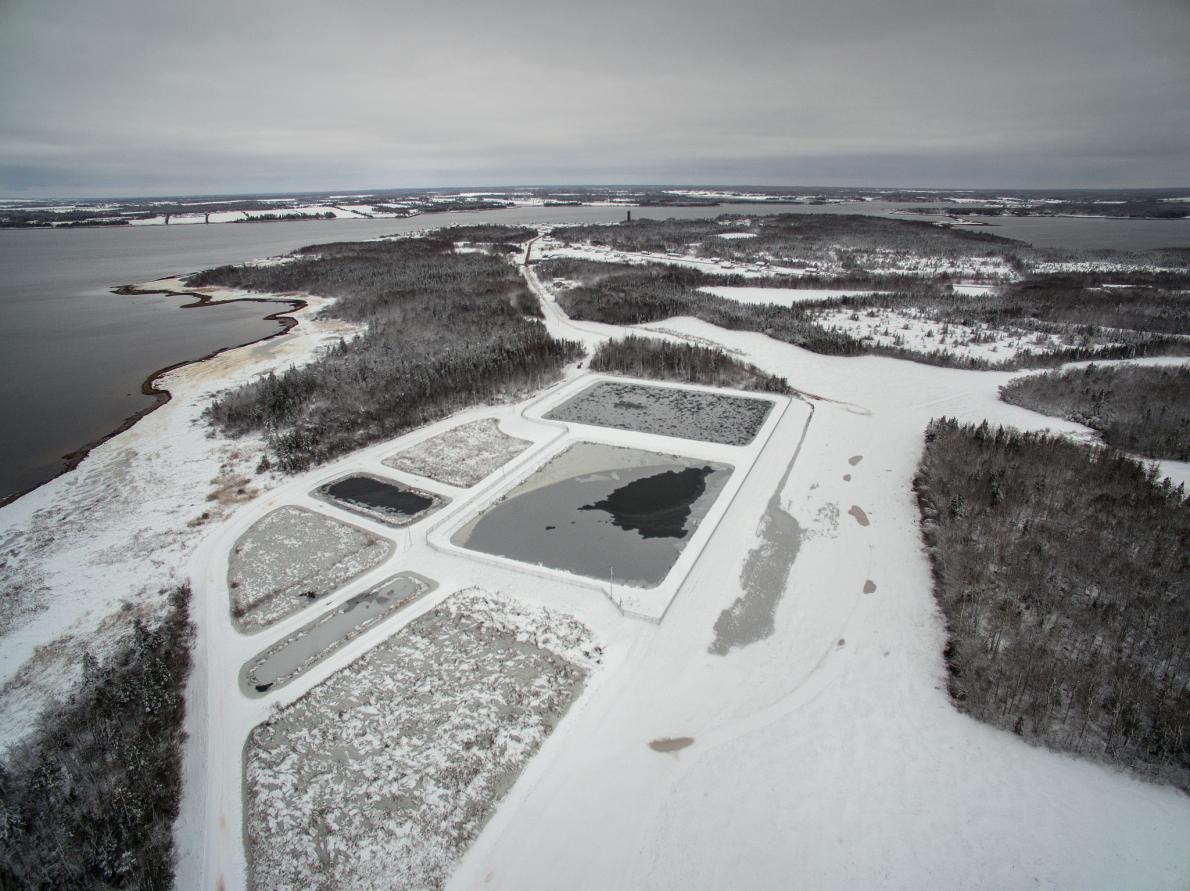
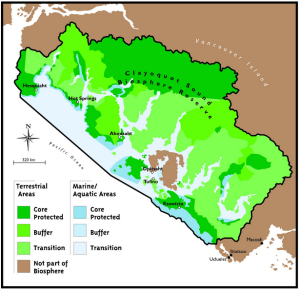

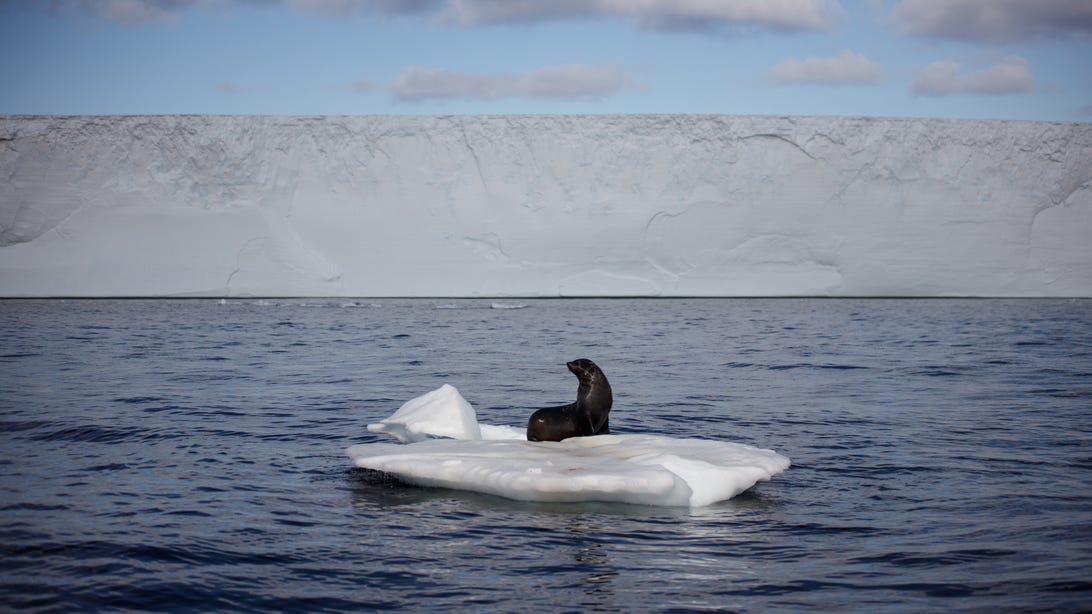



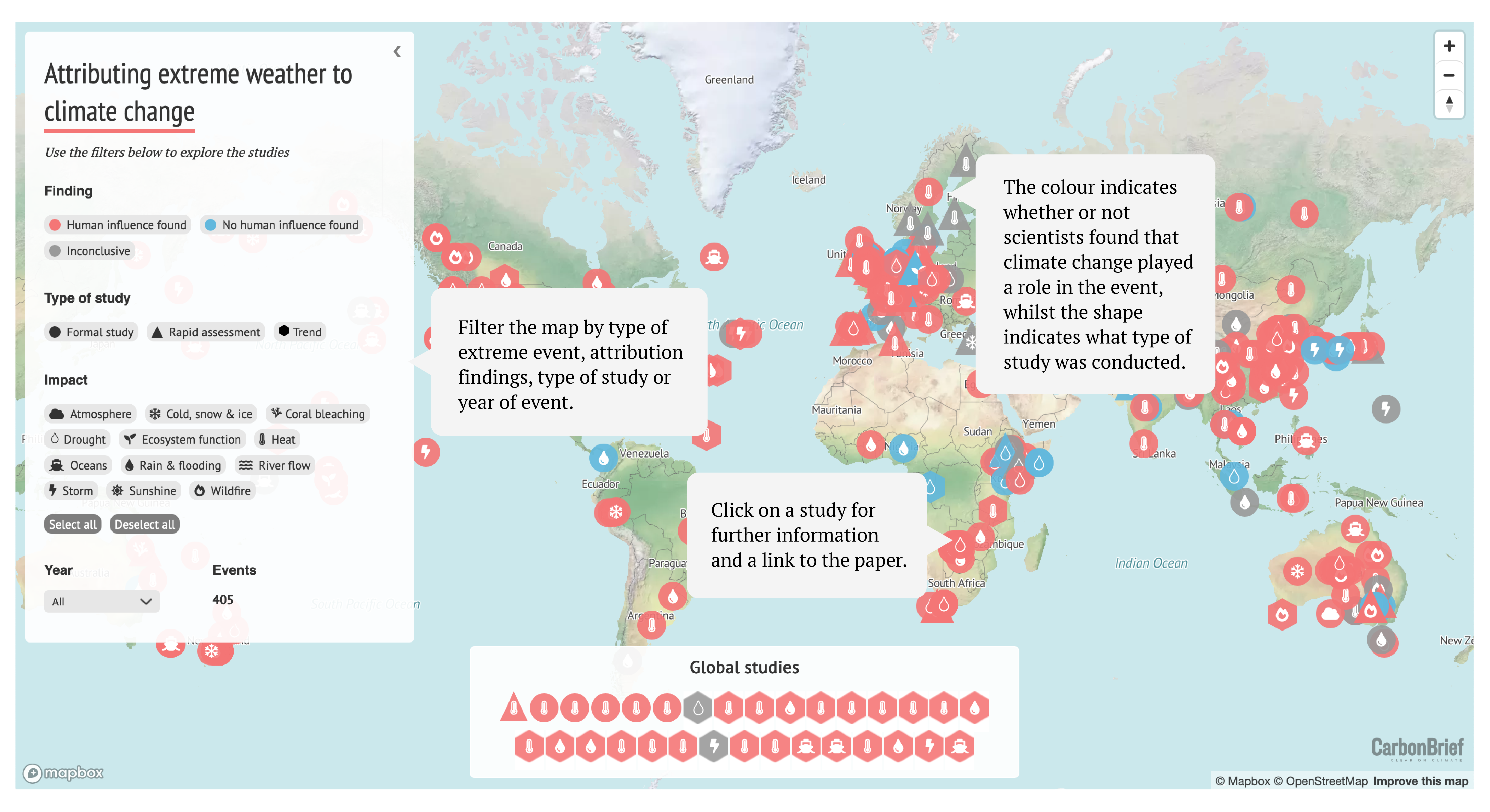


 A conveyor belt transports coal at the Westmoreland Coal Company's Sheerness Mine near Hanna, Alta., on Tuesday, Dec. 13, 2016. File photo by The Canadian Press/Jeff McIntosh
A conveyor belt transports coal at the Westmoreland Coal Company's Sheerness Mine near Hanna, Alta., on Tuesday, Dec. 13, 2016. File photo by The Canadian Press/Jeff McIntosh This photo provided by Jeff Helmkamp/LakeExpo shows Vision Marine Technologies' Vision Marine Bruce 22 boat with one of their E-Motion motors. The electric boat is capable of reaching speeds of 49 mph. (Jeff Helmkamp/LakeExpo via AP)
This photo provided by Jeff Helmkamp/LakeExpo shows Vision Marine Technologies' Vision Marine Bruce 22 boat with one of their E-Motion motors. The electric boat is capable of reaching speeds of 49 mph. (Jeff Helmkamp/LakeExpo via AP)

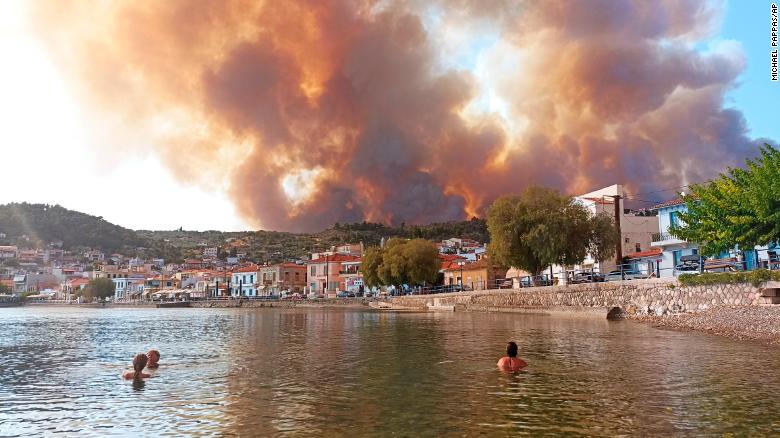

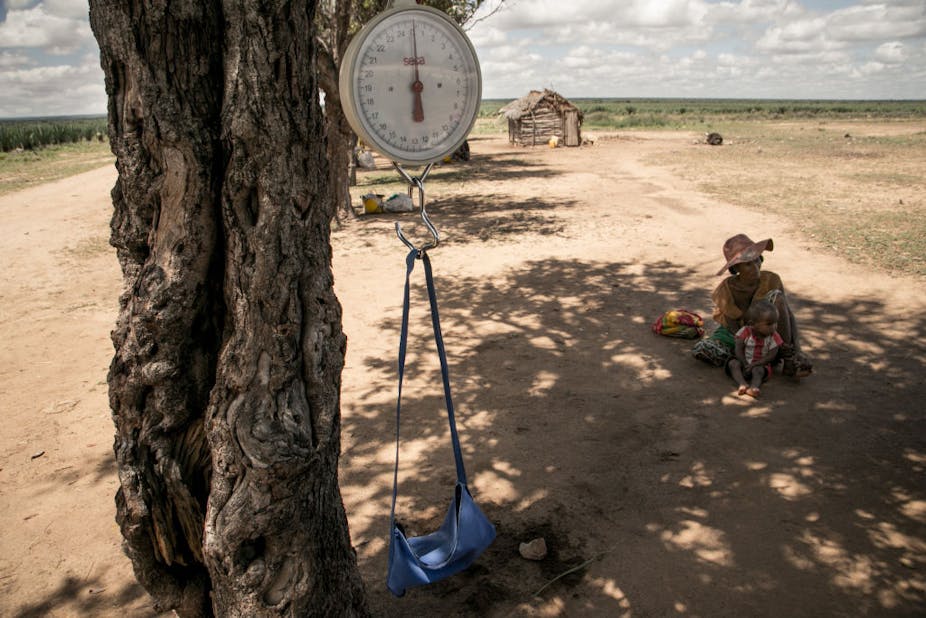
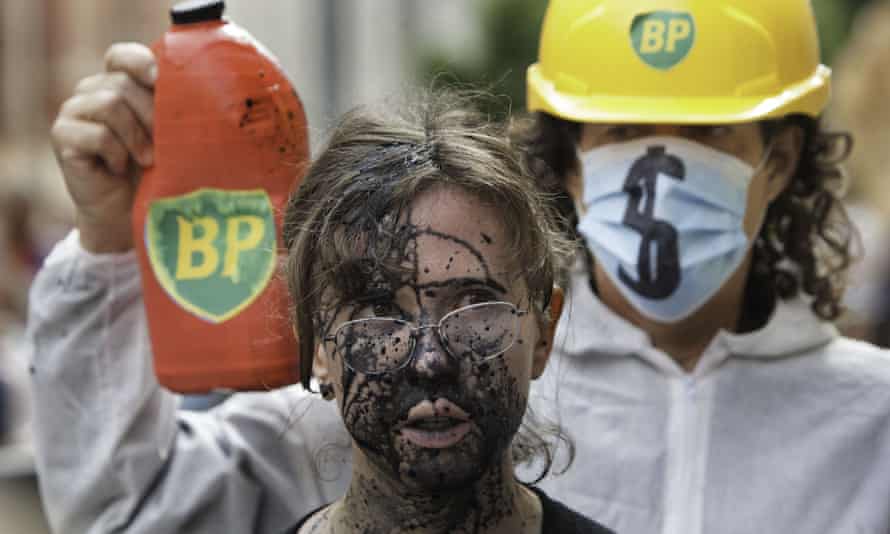
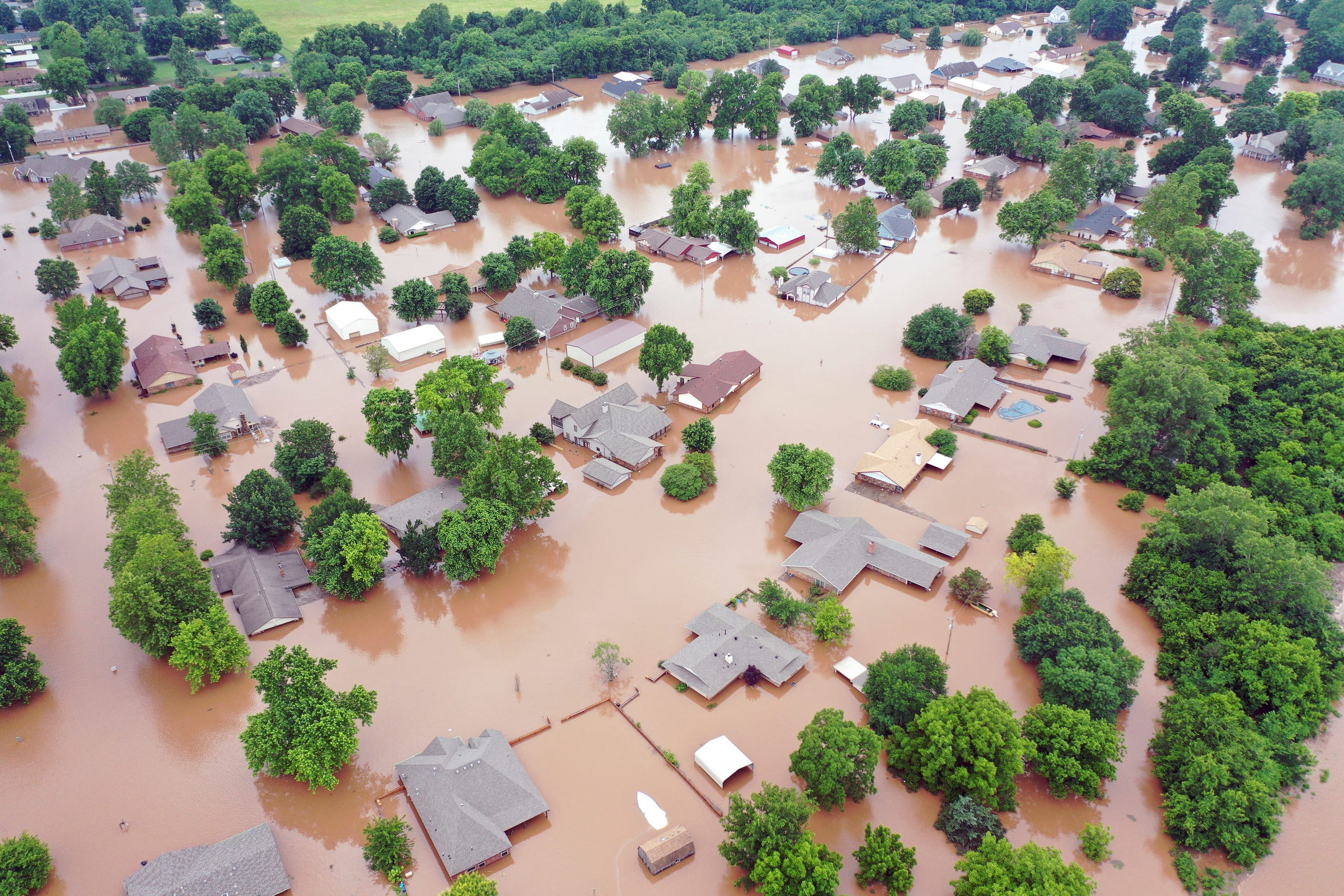
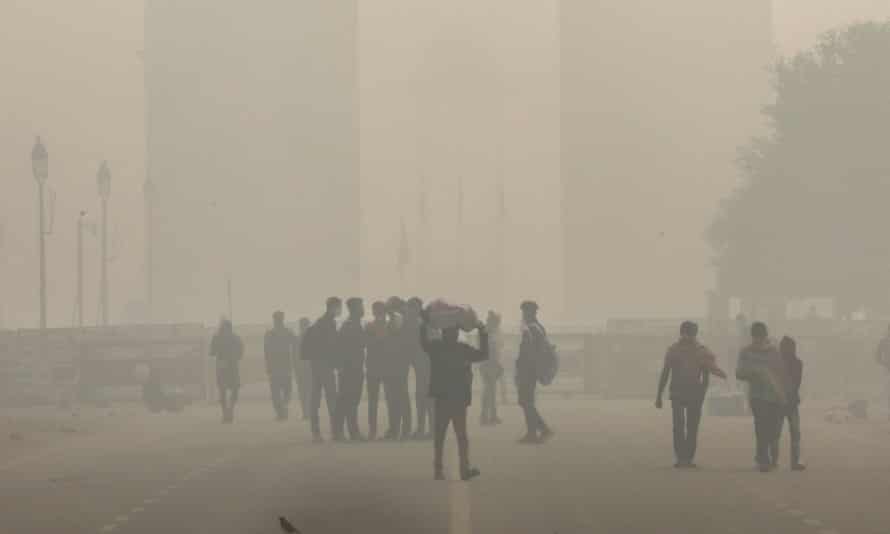

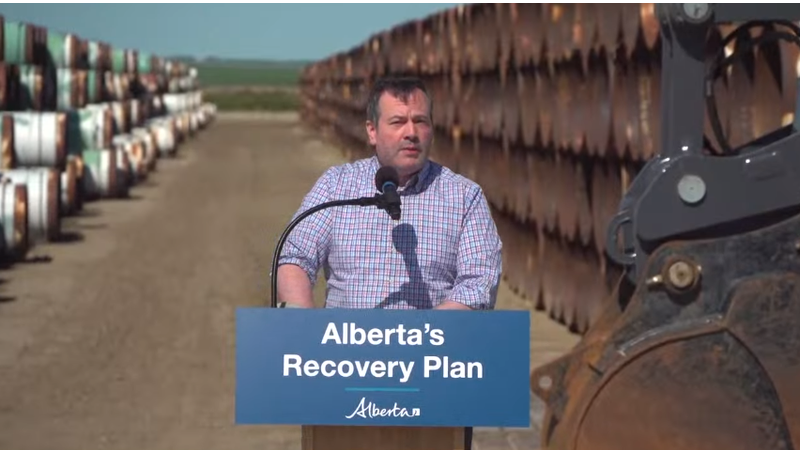 Alberta Premier Jason Kenney with pipe destined for the Keystone XL pipeline, which Trudeau also pushed for, even after Biden killed it.
Alberta Premier Jason Kenney with pipe destined for the Keystone XL pipeline, which Trudeau also pushed for, even after Biden killed it.
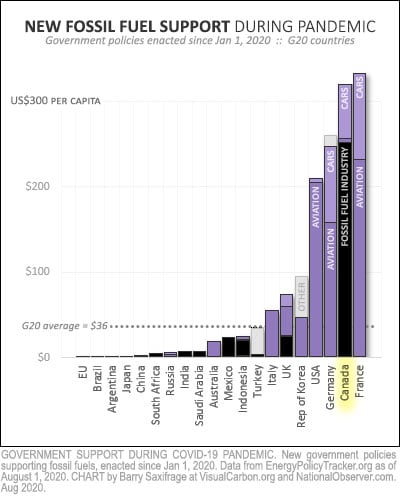
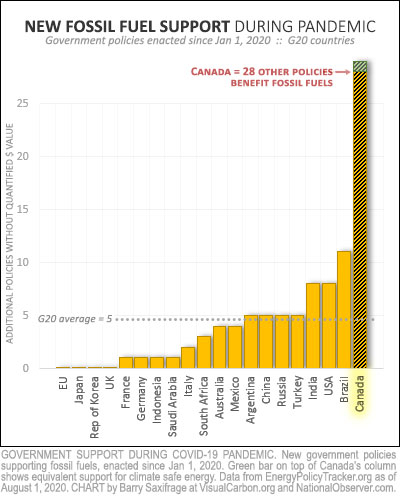


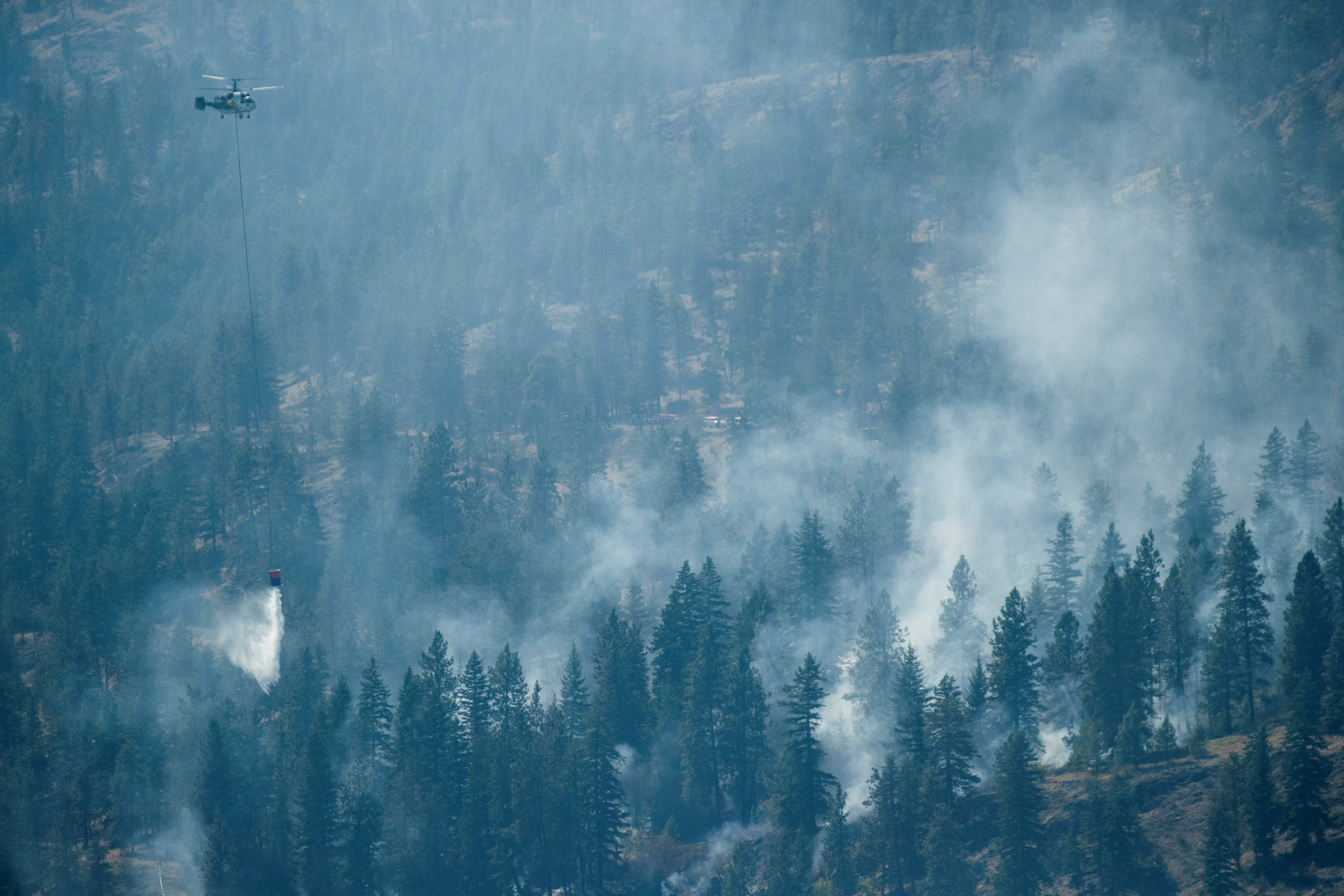 A helicopter battles the Bear Creek fire that sprung up south of the White Rock forest on Westside Rd. near Fintry, Canada, August 24, 2021. REUTERS/Artur Gajda
A helicopter battles the Bear Creek fire that sprung up south of the White Rock forest on Westside Rd. near Fintry, Canada, August 24, 2021. REUTERS/Artur Gajda